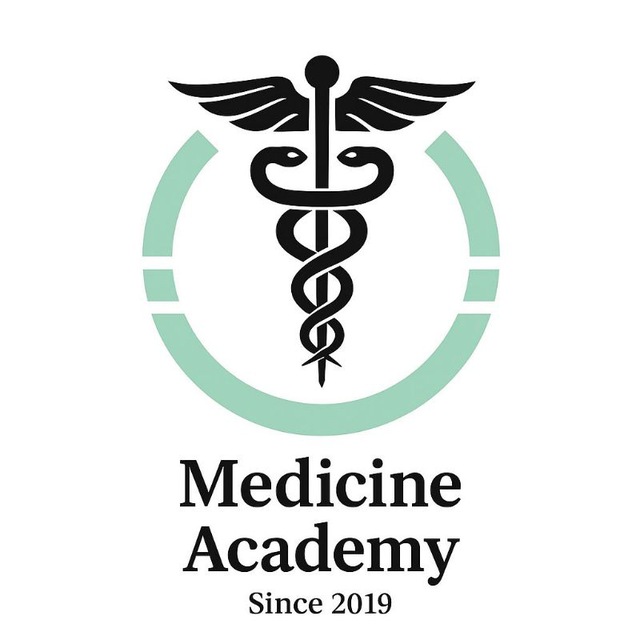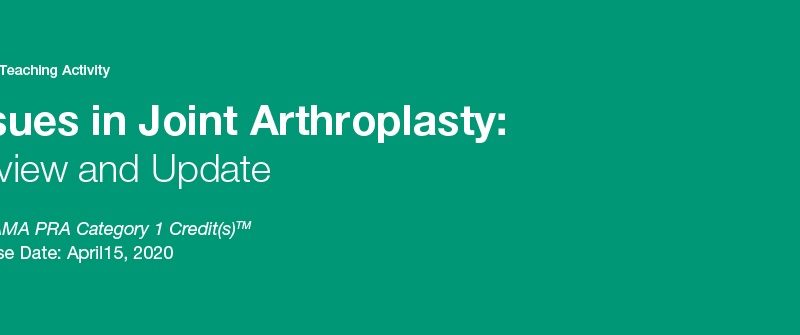2020 Issues in Joint Arthroplasty: Review and Update
This program is intended to provide a practical review of key areas of clinical and surgical management of orthopaedic surgery patients – specifically, those with hip, knee, or shoulder osteoarthritis; a rotator cuff tear; or a fracture around the shoulder. All presentations are grounded in evidence from the literature and the considerable experience of the faculty. Topics covered in this program include:
- Techniques and technologies for performing hip, knee, and shoulder arthroplasty
- Prevention, diagnosis, and management of complications such as infection, instability, and periprosthetic fracture
- Indications for surgical and non-surgical management of patients with rotator cuff tears or shoulder fractures
- Guidance on the economic issues that can affect the surgeon’s bottom line, including bundled payments, post-discharge care, and implant costs
- Advances in surgical technique, anesthesia, pain management, and blood management that support enhanced recovery protocols for joint replacement patients
This CME activity has been designed to educate orthopaedic surgeons, fellows, residents, and other orthopaedic healthcare professionals who are engaged in the management of patients with hip, knee, and shoulder pathology.
At the completion of this CME activity, subscribers should be able to:
- Describe perioperative issues and potential complications associated with hip, knee, and shoulder arthroplasty, as well as the options for preventing, diagnosing, and managing these complications.
- Identify opportunities for preoperative patient optimization, as well as options for managing clinical issues that can complicate recovery and increase length of stay, such as infection, pain, blood loss/transfusions, and deep vein thrombosis.
- Describe the techniques for correctly positioning the acetabular cup and performing key femoral releases with the direct anterior approach to total hip arthroplasty.
- Identify opportunities for using technology to support optimal outcomes of hip and knee arthroplasty, including strategies to correct surgical factors that contribute to failures.
- Describe clinical, radiographic, and laboratory evaluation of patients who present with a painful or failed hip or knee arthroplasty.
- Understand options for safely and effectively removing existing implant components while minimizing blood and bone loss and avoiding compromise of motor function, neurovascular injury, or infection.
- Understand the indications for anatomic and reverse total shoulder arthroplasty, as well as the key surgical techniques to improve the success of these procedures.
- Identify surgical and non-surgical options for managing patients with massive rotator cuff tears, less-severe rotator cuff tears, and shoulder fractures and understand the potential outcomes of these options.
- Describe the economic factors affecting the practice of orthopaedic surgery and the strategies that surgeons can adopt to maximize reimbursement without sacrificing patient care.
No special educational preparation is required for this CME activity
Details : 28 Videos (Mp4)
Size : 7.37 Gb
Price : $ 45
Watch Samples[WD_Button id=441]




